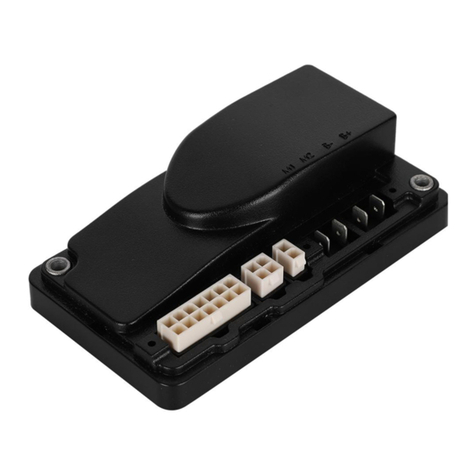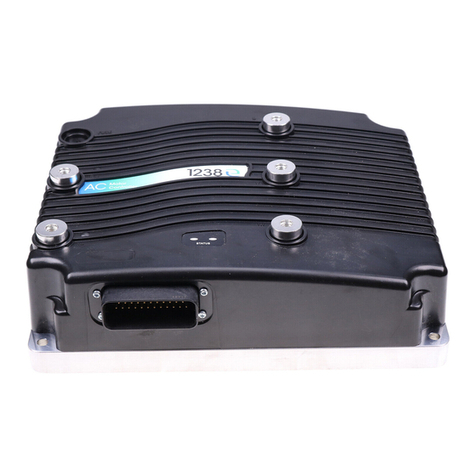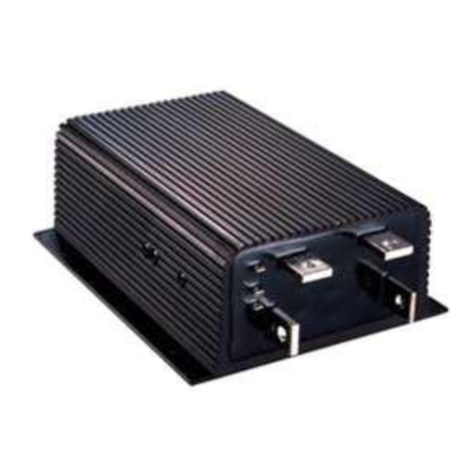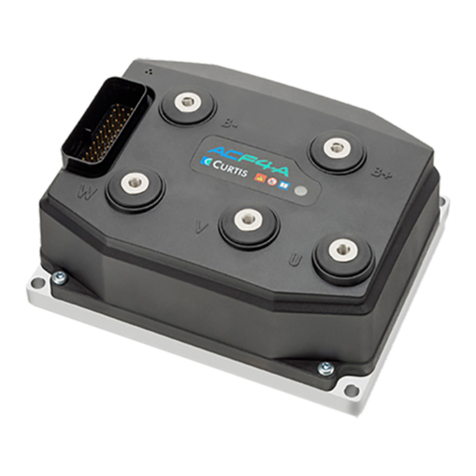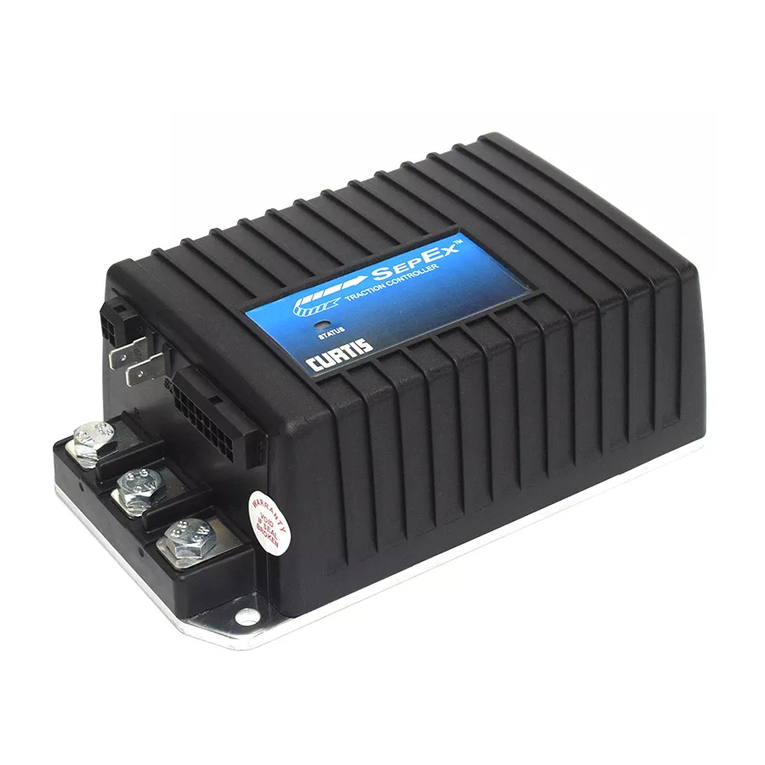
iv Curtis 1230 Manual, Rev. C
CONTENTS
Sequencing Parameters .......................................................30
Interlock Normally Open, Sequencing Delay,
SRO, HPD, Main Contactor Interlock Type,
Main Contactor Open Delay,
Main Contactor Check
Brake Parameters ................................................................32
Brake Fault Check, Brake Delay,
Brake Hold Voltage, Brake Driver Type,
Anti-Rollback Time
Emergency Reverse Parameters ..........................................33
Wiring Check, Speed, Direction Interlock,
Time Limit, Accel Rate, Switch Normally Closed
Motor & Control Parameters
Motor Parameters .............................................................35
Min Motor Voltage, Nominal Motor Voltage,
Nominal Motor Frequency, Max Motor Speed,
Number of Motor Poles, Encoder Pulses
Per Revolution, Swap Encoder Direction,
Failsafe Delay
Control Parameters ...........................................................36
P Gain, I Gain, Accel Slip, Regen Slip, Slip Boost,
Pull-Out Slip, Accel Slip Voltage, Regen Slip Voltage,
Accel Comp, Regen Comp, Regen Voltage Offset
System Parameters
Battery Parameters .............................................................38
Full Battery Voltage, Empty Battery Voltage,
BDI Reset Battery Voltage, Battery Recharge Level,
Low Voltage Level
Hourmeter Parameters .......................................................39
Enable Total Service Hours,
Enable Drive Service Hours, Adjust Hours,
Set Total Hours, Set Drive Hours,
Total Service Hours, Drive Service Hours,
Total Disable Hours, Drive Disable Hours,
Drive Disable Speed, Service Total Expired,
Service Drive Expired
